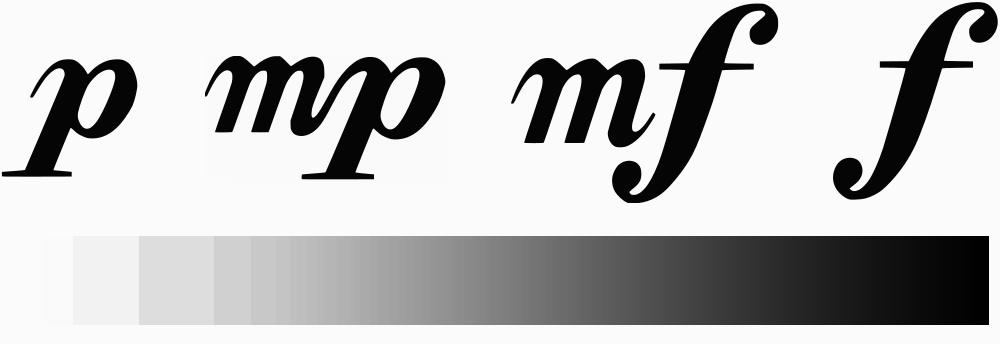First Step: Notes
The notes are the most important part about not only piano but music overall. The notes are the keys to the music. There are 5 basic kinds of notes, the whole, half, quarter, eighth notes, and the 16th note.

The top note is the whole, the second 2 notes are halves, the next are quarter notes, then the eighth notes, and finally the 16th notes. The 16th notes aren't as common but they are surely used. There are 2 more (The 32nd and 64th note) but those aren't common.
Second Step: Scales and Chords
A scale is a sequence of notes put in a major or minor way. The main and most common scale is the C scale (it has all white keys on a piano). The notes are:

The first scale you see is the C scale. These are all major scales (another scale is the chromatic scale which is every black and white key. So C then C# then D and so on). And in every scale there is a chord. A chord can be many different things. But as musicians we call them 2nd, 3rd, 4th, 5th, 6th, 7th, and 8th. There is no 1 because that would just be a note. A common chord used is a 3rd with C and E in it. But there are many more.
Third Step: Signs
In music there are many signs too. Not the signs you see on a billboard or on the road, musical signs.



These are three of the signs. The first one is for alto and tenor and that is not important for the basics. The next is a F Clef or the Bass Clef. On piano that sign is usually for the left hand but not always. The last sign in that picture is the G Clef or Treble Clef. That is usually where the right hand goes in piano. On the next picture we have sound signs. The first one means piano which is soft sounding. The next two are basically medium soft and medium loud. Then the last one is forte with means loud. The last picture talks about time signature and key signature. Time signature is the beat of the tempo. The example in the picture is the most common. The top 4 (it can be 2, 4, 6, 8) means there are 4 beats in one measure. The bottom 4 (it can also be 2, 4, 6, 8) means the quarter note counts as one. Or the whole note counts as 4. Then the key signature means if a note is sharp, flat, or natural. In this example it shows a # which is a sharp. A sharp means whatever that note is you go up to the next note. A flat (which is not on there) mean you have to go down a note. And finally a natural sign (which is not on there) is when it says to sharp or flat a note you just leave it. Those are the main signs.
Fourth Step: Lines and Spaces
On a staff (which the notes go on) the notes and signs are put together. On a staff there are 5 lines and 4 spaces. But when you are starting to learn you sometimes forget where the notes go on the spaces and lines.
This is a picture to help remember the notes and where they go. And if you can't remember these phrases then make your own like, Females Always Care Eventually.
Finally have fun when you learn about music. If you like it enjoy it even more. It is hard when you start but you can get the hang of it if you try! Go out and find your music!
